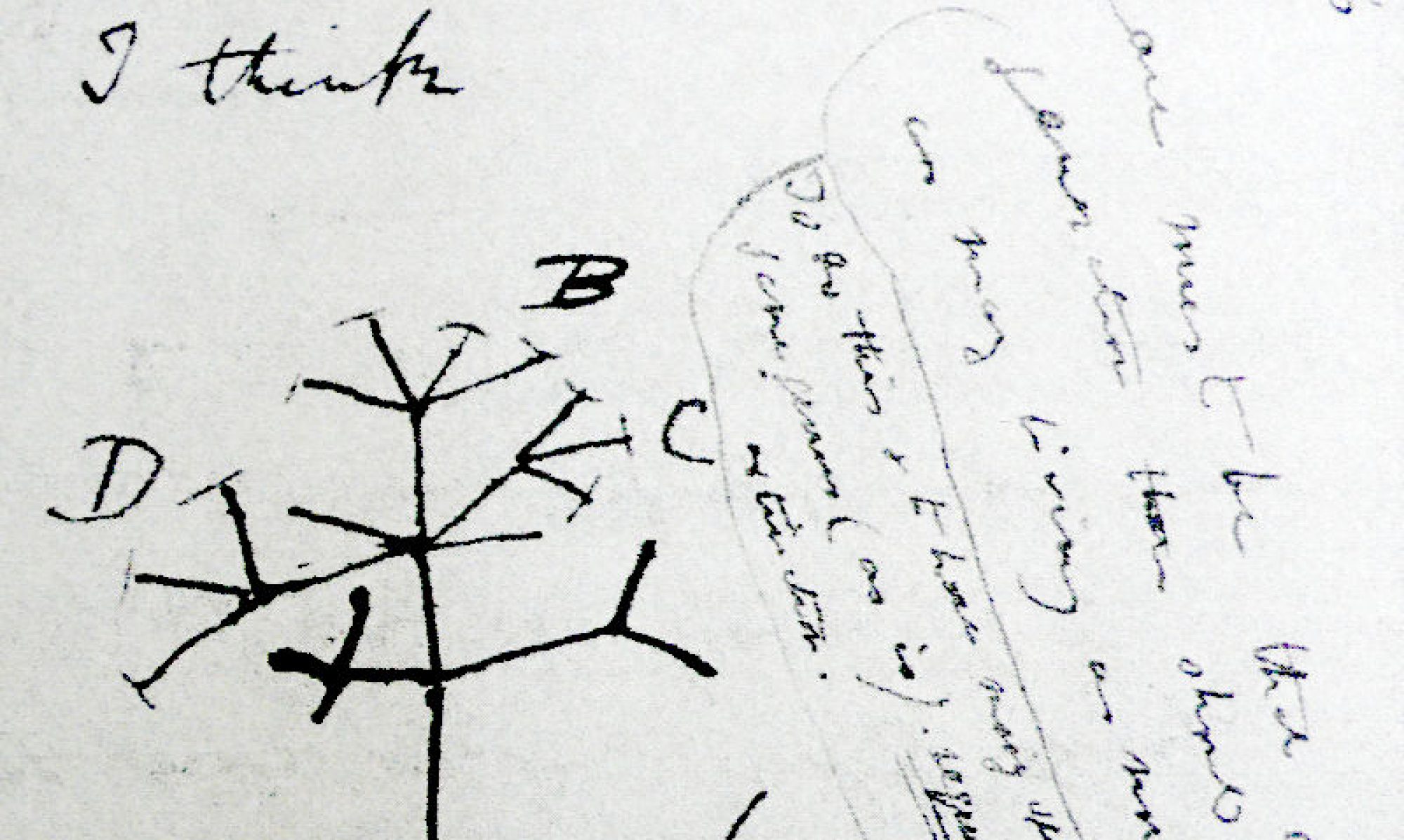By: Lia Casey, Jenna Cuzziere, and Rofail Wassef (Stonehill College, BIO 323: Evolution, Spring 2024)
Overview
Poison dart frogs, belonging to the Dendrobatidae family, are a fascinating group of amphibians renowned for their vibrant colors and potent toxins. These frogs are native to the tropical rainforests of Central and South America, where they inhabit diverse habitats ranging from leaf litter on the forest floor to the canopy of trees. Their striking hues, which include shades of red, blue, yellow, orange, and green, serve as a warning to potential predators of their toxic nature. Along with changing colors, poison dart frogs also can utilize acoustic signals (noises animals produce) to attract potential mates. Despite their small size, these frogs can produce a wide array of calls, ranging from simple chirps to complex series of notes. Male poison dart frogs often use their calls to establish and defend territories, as well as to attract mates during the breeding season. Each species has its unique call, which helps in species recognition and mate selection. Additionally, acoustic signals may also serve as a form of communication between males and females during courtship rituals, or mate selection, aiding in the coordination of reproductive behaviors. The frequency, duration, and intensity of these calls can convey information about the caller’s size, health, and vigor, influencing the outcome of mating interactions. Furthermore, studies have shown that environmental factors such as temperature and humidity can impact the acoustic properties of these calls, highlighting the intricate interplay between biology and the environment in the vocal behavior of poison dart frogs. Feel free to tune into the podcast to learn more about this exciting topic!
Podcast Music: https://www.youtube.com/watch?v=498HcLwcjxs
